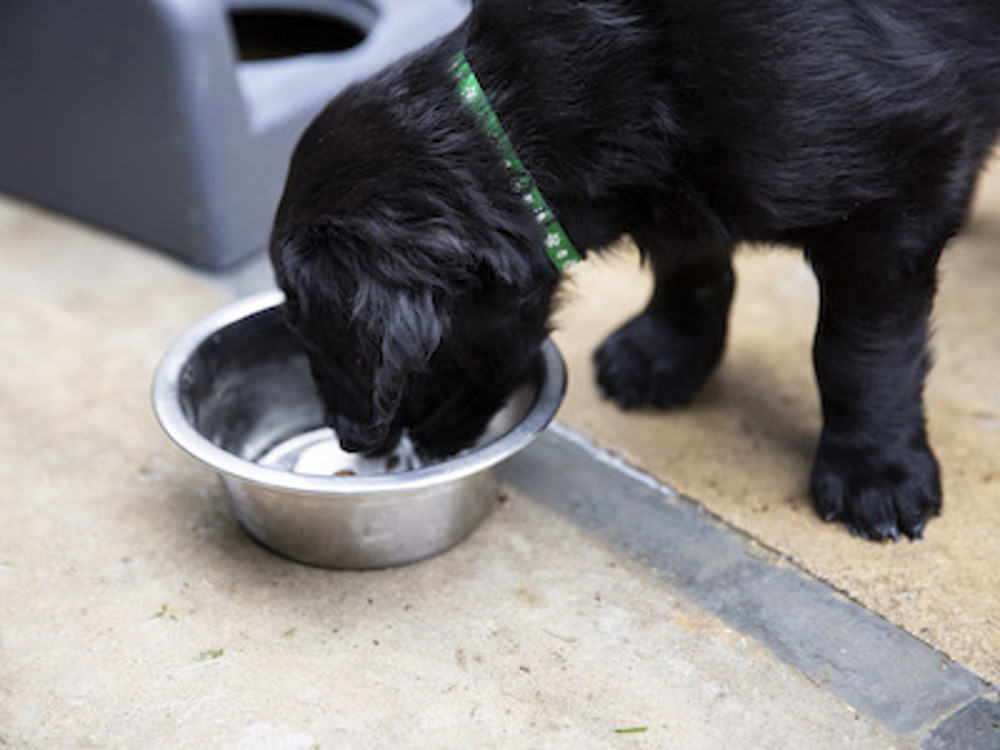
A summary of feeding a fussy eater
Fussy eating can be a challenging behaviour, but with perseverance and an understanding of why they’re being fussy, you can stop it becoming a habit. Here are some initial tips to keep in mind:
- Give them lots of praise for eating their own food from their bowl
- Restrict access to sneaky snacks, including human food from your plate
- Limit their treats to training tools only
- Try making your dog’s food more appealing
- Be persistent and consistent with your approach to feeding
- Try switching to another type of food
What should I do if my dog doesn’t eat?
Other causes of a low appetite
How to spot a fussy eater
It’s possible that your dog’s lack of interest in what’s in their bowl is due to them being a fussy eater. If your dog turns their nose up at their food, but shows an interest in what you’re eating, or their favourite treats, then it’s likely that they’re just being picky about what they eat.
If your dog is not interested in eating at all then it could be that they are unwell and you may need veterinary advice.
Why is my dog a fussy eater?
How can I encourage my dog to eat more?
Do they snack between meals?
Are they getting treats from the family?
Are they being fed when you eat?
How can you make your dog’s food more appealing?
To encourage your dog to eat their meals, there are several different approaches you can try:
- If you’ve been hand feeding, try stopping for a while
- Enhance the taste of dry food by adding a good-quality wet food
- Try soaking their dry food in warm water, or warming wet food in the microwave to release its delicious aromas
Other things to try
- Some dogs don’t like seeing their own reflection in stainless steel or glass bowls. Try using a ceramic one, and always make sure their bowl is clean
- Use interactive feeding toys to help give them mental stimulation while they eat. These toys release kibbles when they roll it around and are particularly good for dogs that are easily distracted by their environment
Be consistent
Try switching foods
If you’re still struggling you could also try switching to a dry complete food designed for 'active' dogs. These dog foods are specially formulated and tend to be very concentrated, so your dog won't need quite as much food to receive an equivalent level of energy. These types of foods contain higher levels of oil, which might make them more attractive to your dog. Specially formulated 'sensitive' recipes, meanwhile, have a high level of digestibility, which can also sometimes encourage a fussy eater.
If you do switch foods remember to do this gradually, so as not to upset your dog's stomach. Start off by mixing in small amounts of the new food into your dog’s regular food, gradually increasing the amount over a period of 7-10 days.
